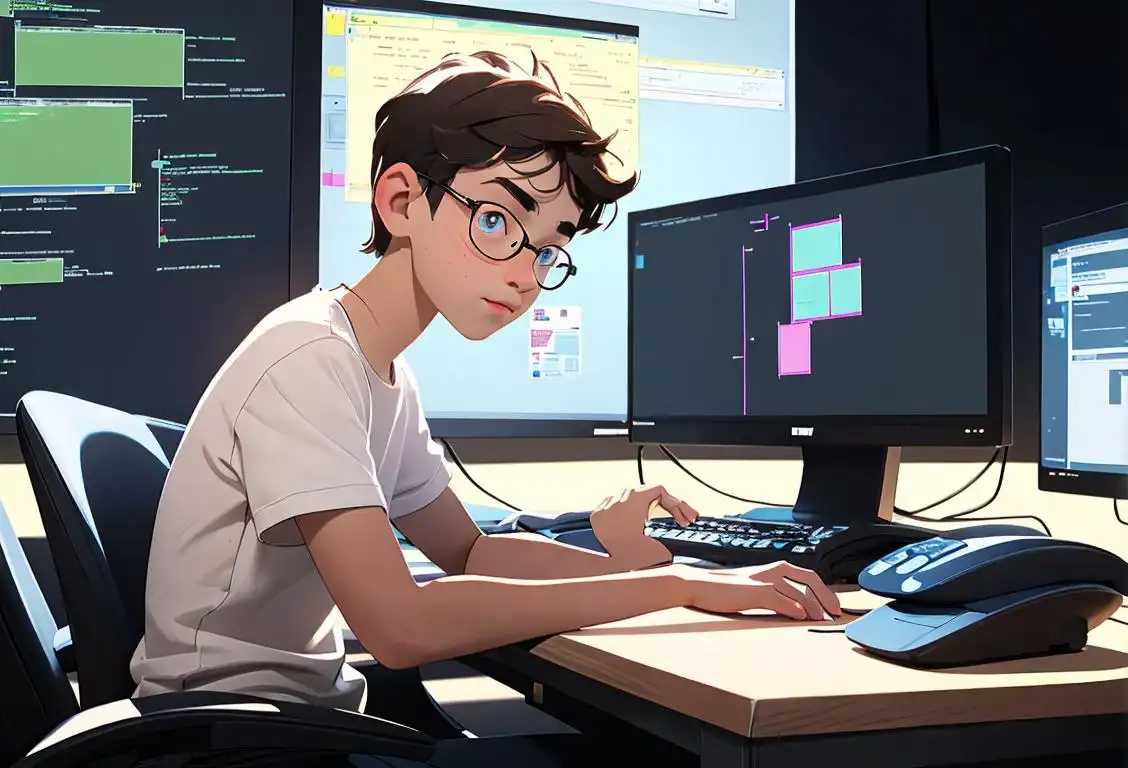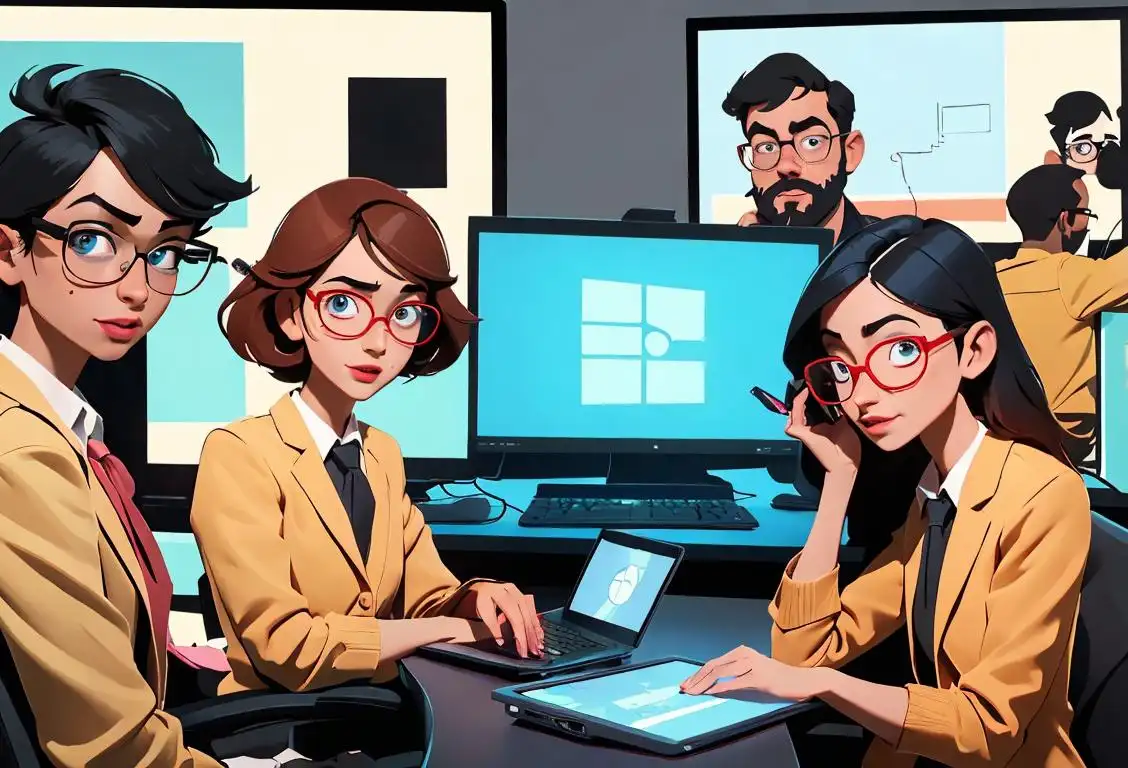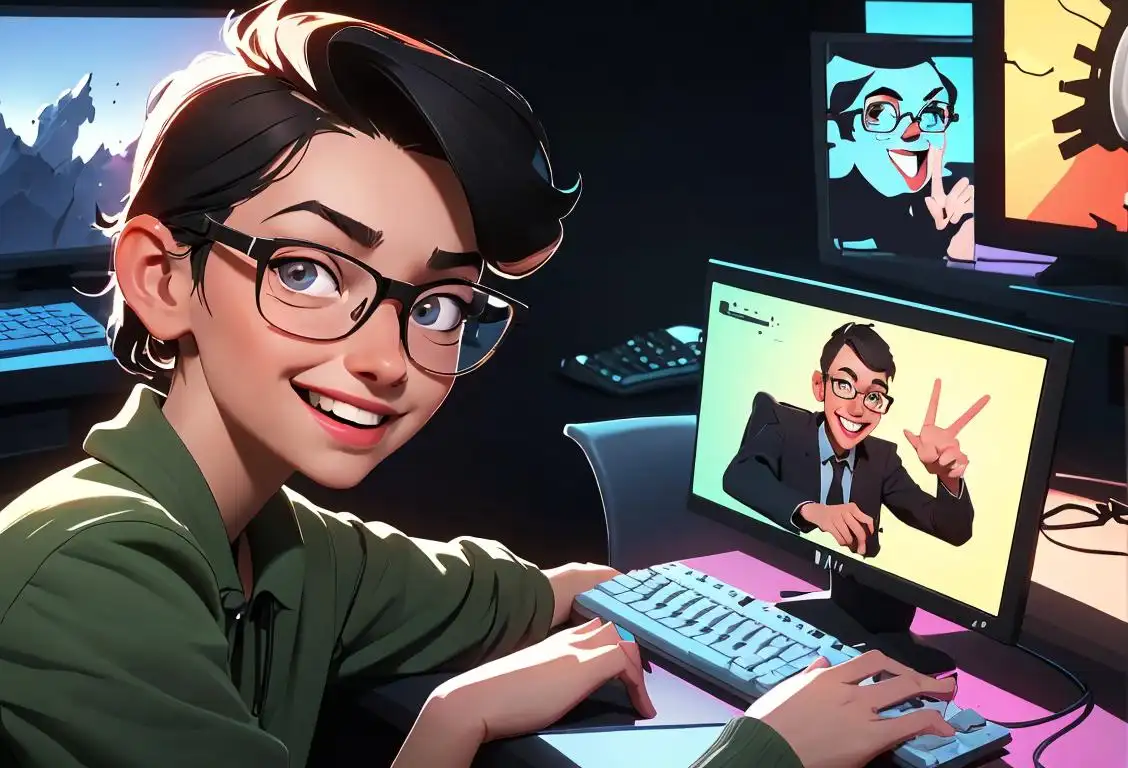National Code Day

Happy National Code Day! Get ready to debug, compile, and celebrate all things coding. Whether you're a seasoned developer or just starting your coding journey, this is the day to appreciate the language of machines. So grab your keyboard, put on your favorite techie t-shirt, and let's dive into the wonderful world of programming!
When is Code Day?
It's national code day on the 14th September.
The Origins of National Code Day
On this day, we pay homage to the digital wizards who bring our devices to life and make them do incredible things. While the exact origins of National Code Day are a bit mysterious, it gained popularity with the rise of the internet and the increasing importance of coding in our lives.
Coding, also known as programming, is the art of writing instructions for computers to follow. It allows us to create websites, apps, software, and so much more. Without coding, we wouldn't have the technological marvels we enjoy today.
One of the earliest mentions of National Code Day can be traced back to September 14, 2016. Since then, it has gained traction online, with developers and coding enthusiasts celebrating the day in various ways.
Why Celebrate National Code Day?
First and foremost, National Code Day is an opportunity to showcase the importance of coding in our increasingly digital world. It's a chance to recognize the skills and creativity of programmers everywhere.
Coding has come a long way since its early days. It has become more accessible, with numerous coding bootcamps, online courses, and resources available for aspiring coders. National Code Day serves as a reminder of the incredible advancements made in the world of technology.
Celebrating National Code Day is also a way to inspire future generations to explore coding. It's a field where anyone can learn, regardless of their background or experience. By highlighting National Code Day, we encourage aspiring coders to take a leap and dive into the fascinating world of programming.
Fun Fact about Coding
Did you know that the first computer programmer in history was a woman? Ada Lovelace, an English mathematician, is often considered the world's first computer programmer. She worked with Charles Babbage on his analytical engine and wrote the first algorithm for it, earning her the title of the first coder!
History behind the term 'Code'
1837
The Birth of Morse Code
In 1837, Samuel Morse and his associate, Alfred Vail, developed the electromagnetic telegraph, a revolutionary communication system. Morse then invented Morse code, a system of dots and dashes representing letters and numbers. This code allowed messages to be transmitted over long distances using the electrical signals generated by the telegraph.
1843
Official Introduction of Morse Code
The United States Congress allocated funds in 1843 for Morse to build a telegraph line between Washington, D.C. and Baltimore. Upon its completion, Morse code was officially introduced and became the standard means of communication through telegraph networks.
1851
International Adoption
In 1851, the International Telegraph Convention was held in Paris, where representatives from 20 countries gathered. During this convention, Morse code was adopted as the international standard for telegraphic communication. This decision marked the first major milestone in the global acceptance of Morse code.
1865
Transatlantic Communication
In 1865, after the completion of the Transatlantic Telegraph Cable, Morse code enabled the transmission of messages across the Atlantic Ocean. This monumental achievement brought North America and Europe closer together, significantly reducing communication time from weeks to minutes.
1891
Utility in Maritime Communication
Morse code proved invaluable in maritime communication, particularly for ship-to-shore and ship-to-ship communications. In 1891, the International Conference on Safety of Life at Sea adopted Morse code as the distress signal, commonly known as SOS, due to its simplicity and recognizability.
1934
Introduction of Automatic Transmission Machines
With the development of electromechanical devices, automatic transmission machines capable of translating text into Morse code and vice versa were introduced in 1934. This innovation reduced the reliance on manual Morse code operators, increasing message efficiency.
1999
Discontinuation as a Requirement for Amateur Radio Licenses
In 1999, the International Telecommunication Union (ITU) removed the requirement for proficiency in Morse code as a prerequisite for obtaining an amateur radio license. This change reflected the evolving technology landscape and the declining usage of Morse code in modern communication systems.
2021
Morse Code Remains a Part of History and Interest
While Morse code is no longer widely used for practical telecommunications, it continues to hold historical and cultural significance. It is still utilized by ham radio operators, enthusiasts, and serves as a fascinating window into the early days of long-distance communication.
Did you know?
Coding can be a bit like playing detective - you solve mysteries and bring order to the chaotic world of zeros and ones.Tagged
celebration technology programmingFirst identified
24th September 2015Most mentioned on
14th September 2016Total mentions
21Other days
Code Day
Robotnik Day
Iphone X Day
Innovation Day
Techie Day
System Administrator Appreciation Day
Steam Day
Instruction Day
Surveillance Camera Day
Init Day








